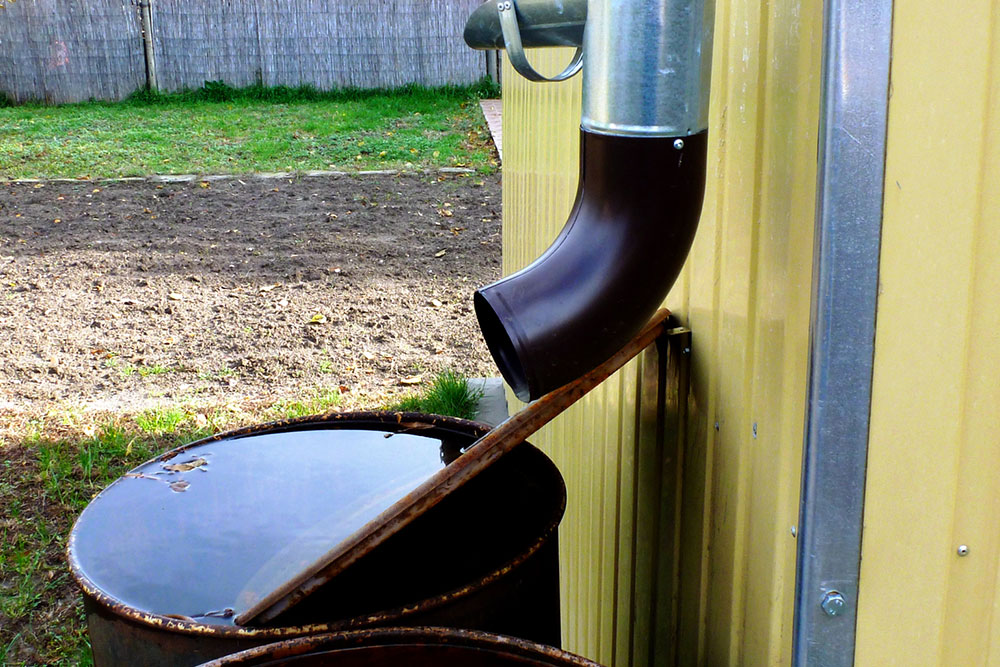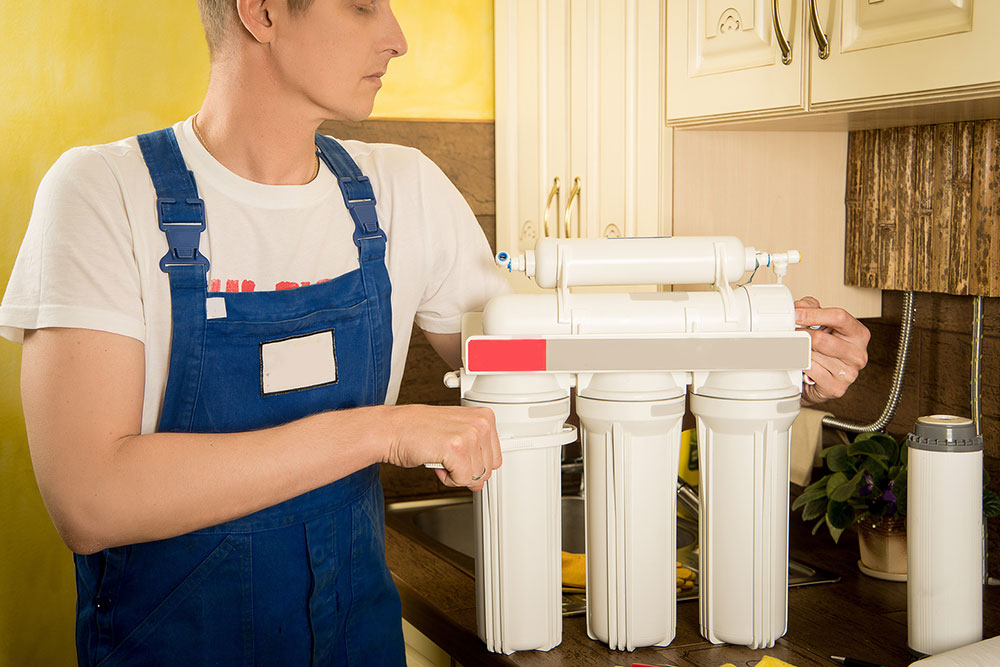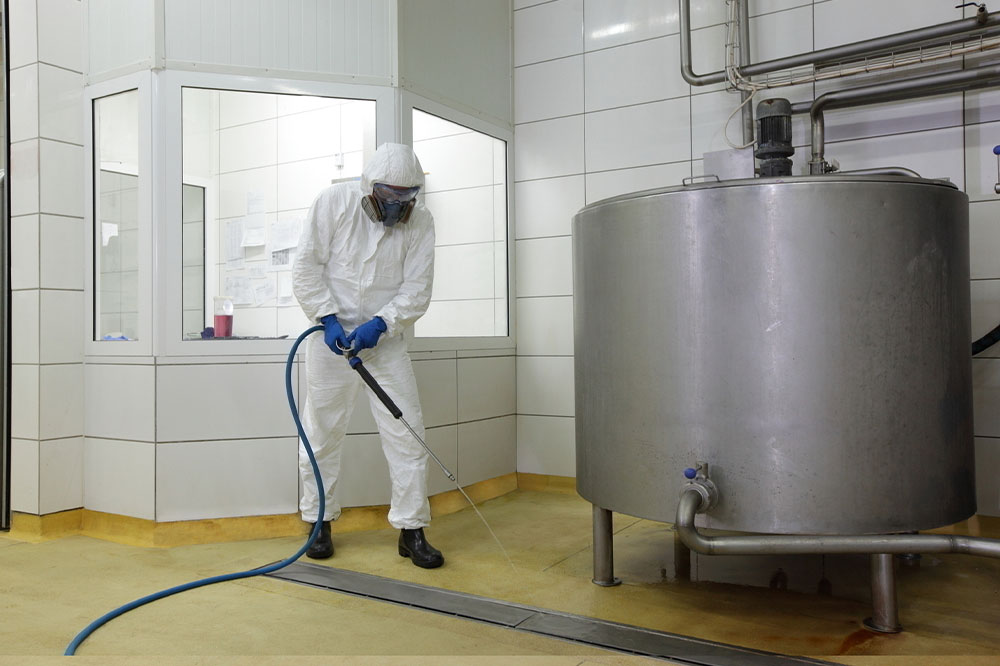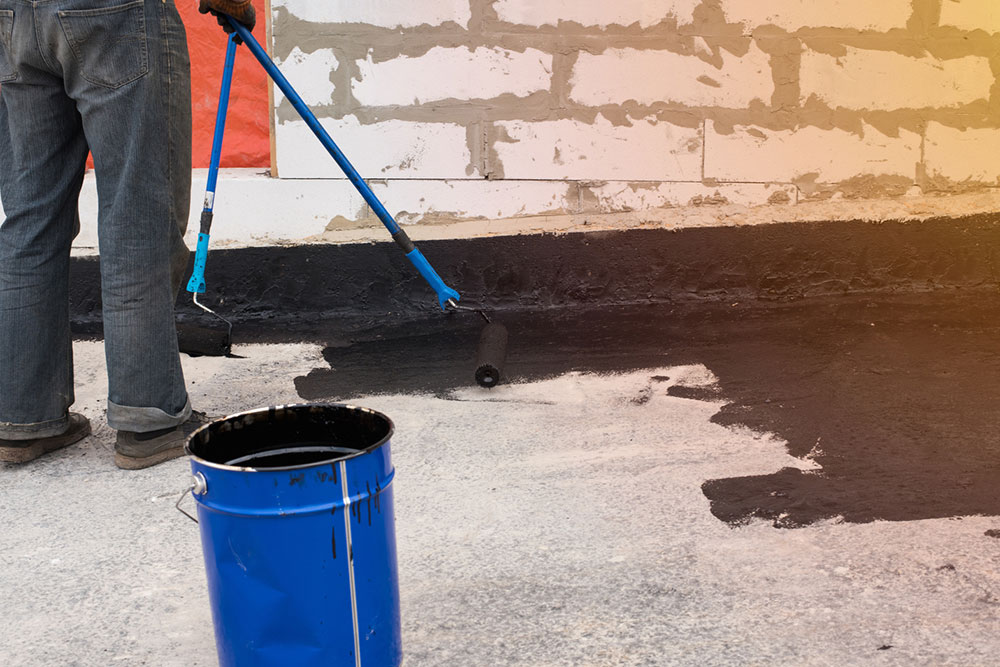5 mistakes to avoid to prevent water shortage

Water shortage is a growing problem worldwide that needs immediate attention. Factors like climate change, overuse of water, and unsustainable agricultural practices are some causes of imminent water scarcity. So, we must be mindful of how we use water to prevent its wastage and conserve water. There are several ways in which one can contribute to this cause; thus, here are some of the mistakes to avoid to prevent water shortage or scarcity.
Fix leaks in the house
Statistics state that a regular leak in a household can account for 10,000 gallons of water being wasted every year. Some of the most common types of leaks found at home are worn toilet flappers and dripping faucets. Some measures that can be taken to check the leaks in the house are given below:
It is advised to monitor water usage during the winter months, like January or February. If a family of four consistently uses more than 12,000 gallons of water per month, then there is definitely a leak somewhere in the water system that needs to be fixed.
Another trick is to check the water meter before and after a 2-hour gap period when the water was last used. If there is any change in the usage meter, it clearly indicates that there is a leak somewhere in the water pipeline.







